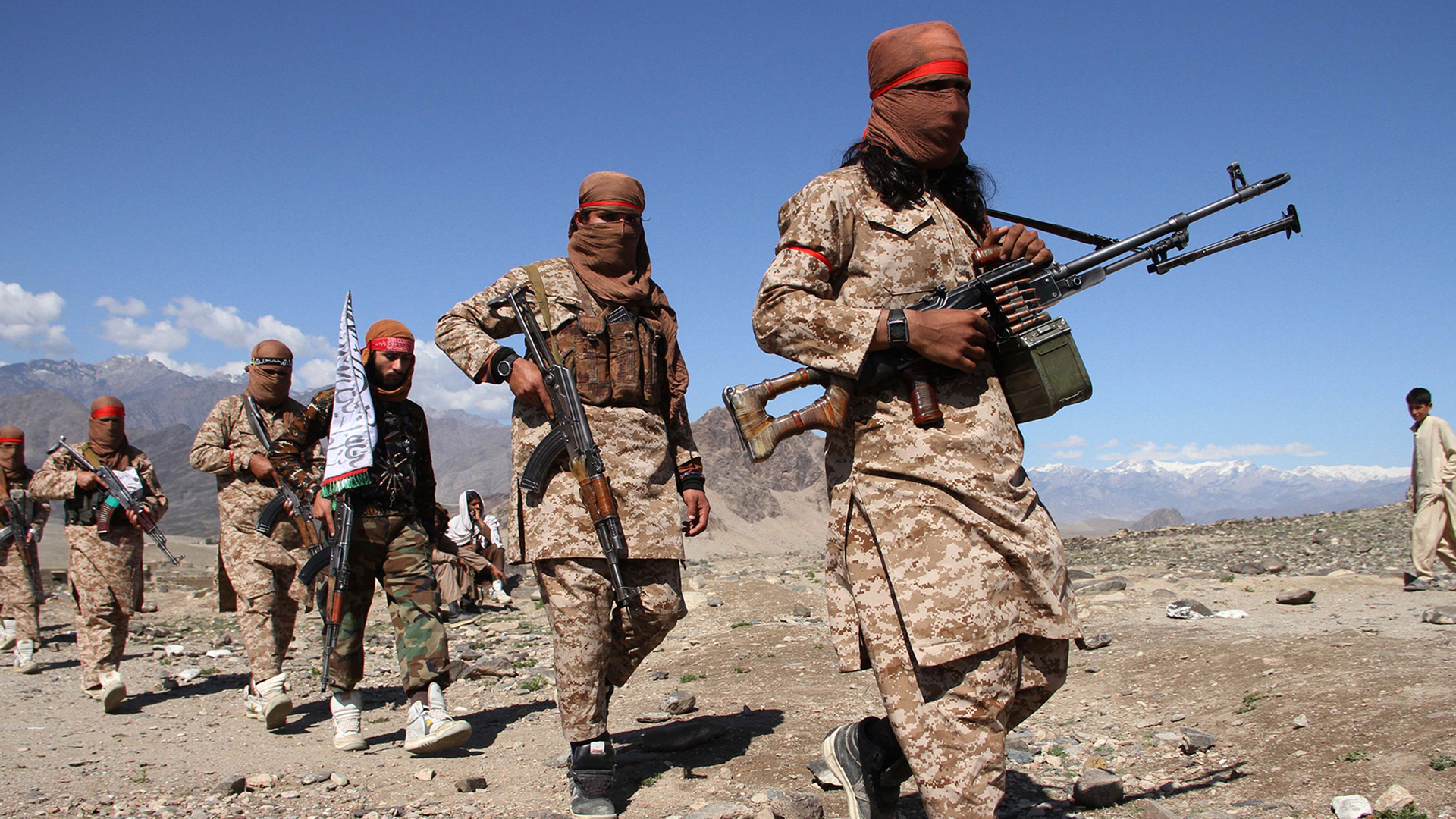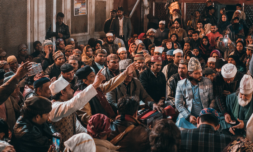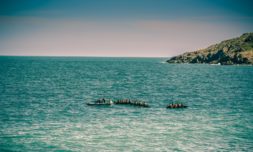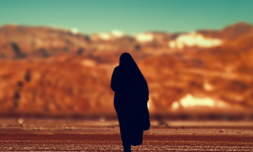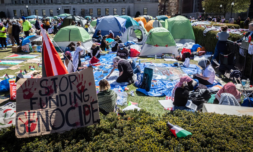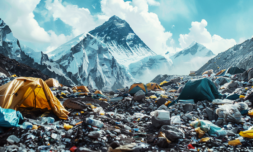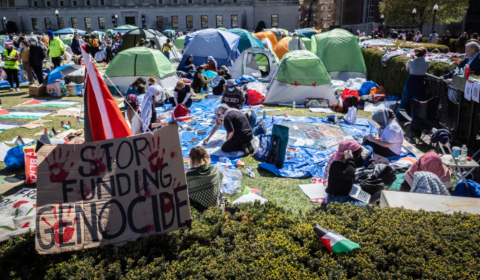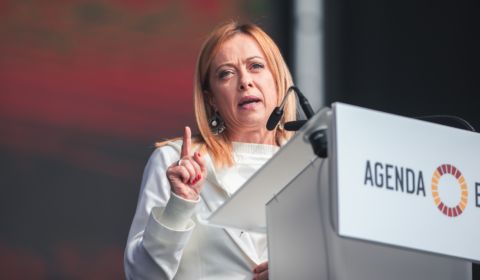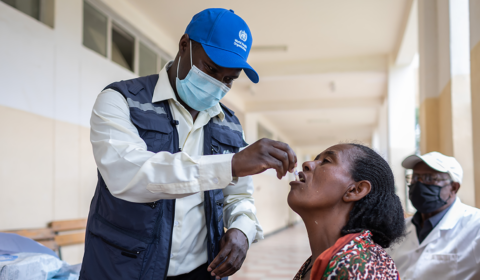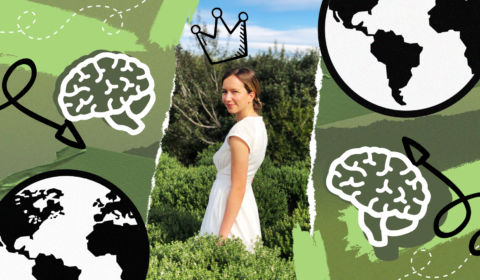All across the globe, world leaders and citizens are watching what is unfolding in Afghanistan after the Taliban seized the capital, Kabul.
Who are the Taliban?
The Taliban are a military extremist group in Afghanistan who controlled the country from 1996 to 2001.
They were formed by Afghan students – hence the name Taliban, from the Arabic world ‘talib’ meaning student – studying in Sunni Islamic schools (madrassas) in Pakistan, after fleeing Afghanistan whilst it was under Soviet occupation.
During the Afghan Civil War of 1992-1996, the Taliban took control of Afghanistan and enforced a strict version of Sharia (Islamic law).
This involved the banning of female education, music, and any documentation, photos, or drawings of living things. Men were also made to grow beards and women to wear burkas.
The Taliban were criticised for the harsh enforcements of these rules, using punishments such as stoning and even execution.
There was an organised cultural genocide under Taliban rule in which many culturally significant monuments were destroyed, including the 1500-year-old Buddhas of Bamiyan statue.
The Taliban control over ¾ of Afghanistan was ended in 2001 as part of George Bush’s ‘War on Terror.’ US military forces invaded the country, ousting the Taliban and putting in place a new government.
In response to intelligence outing the Taliban’s sheltering of Al-Qaeada and the infamous Osama Bin Laden – thought to be responsible for the infamous 9/11 attacks – the US invaded Afghanistan.
This decision has been frequently criticised by commentators for being unjustified and even illegal. Critics cite lack of evidence, as well as ulterior motives such as control over oil supplies.
‘These wars are about oil, not democracy,’ claimed Eris Margolis, defense analyst and journalist of the Toronto Sun (June 2008).
As well as its ties to extremist organisations, the Taliban are massively involved in the illegal drug business – accounting for the distribution of 84% of opioids globally over the last five years.
As shown in the figure below, US expenditure on efforts to suppress poppy cultivation escalated substantially during the mid-2000s. This was met with a shift in poppy cultivation towards areas in which the Taliban has long exerted its greatest influence.
13/19 pic.twitter.com/2C21Vu9r8z— Jeffrey P. Clemens (@jeffreypclemens) August 15, 2021
How the Taliban returned to power
The US and the North Atlantic Treaty Organisation (NATO) have remained a presence in Afghanistan for the last two decades, training the Afghan military.
Whilst the Taliban were forced to retreat and have remained out of power since, they have been growing stronger recently.
In April 2021, President Biden announced the withdrawal of American troops by 11th September (exactly 20 years after the 9/11 bombings.)
This followed a peace agreement between the Taliban and the US in February. However, the former has continued to attack Afghan citizens.
Biden explained that continued US presence would only lead to more American casualties in a ‘20-year war that has not been won militarily.’
By the 9th of July, the Taliban had taken more than 90 cities either through force or prior surrender by Afghan forces and on Sunday, Kabul became the final city to succumb to the Taliban.
Video footage shows members of the Taliban in the presidential palace, from which the president Ashraf Ghani fled to Uzbekistan yesterday.









